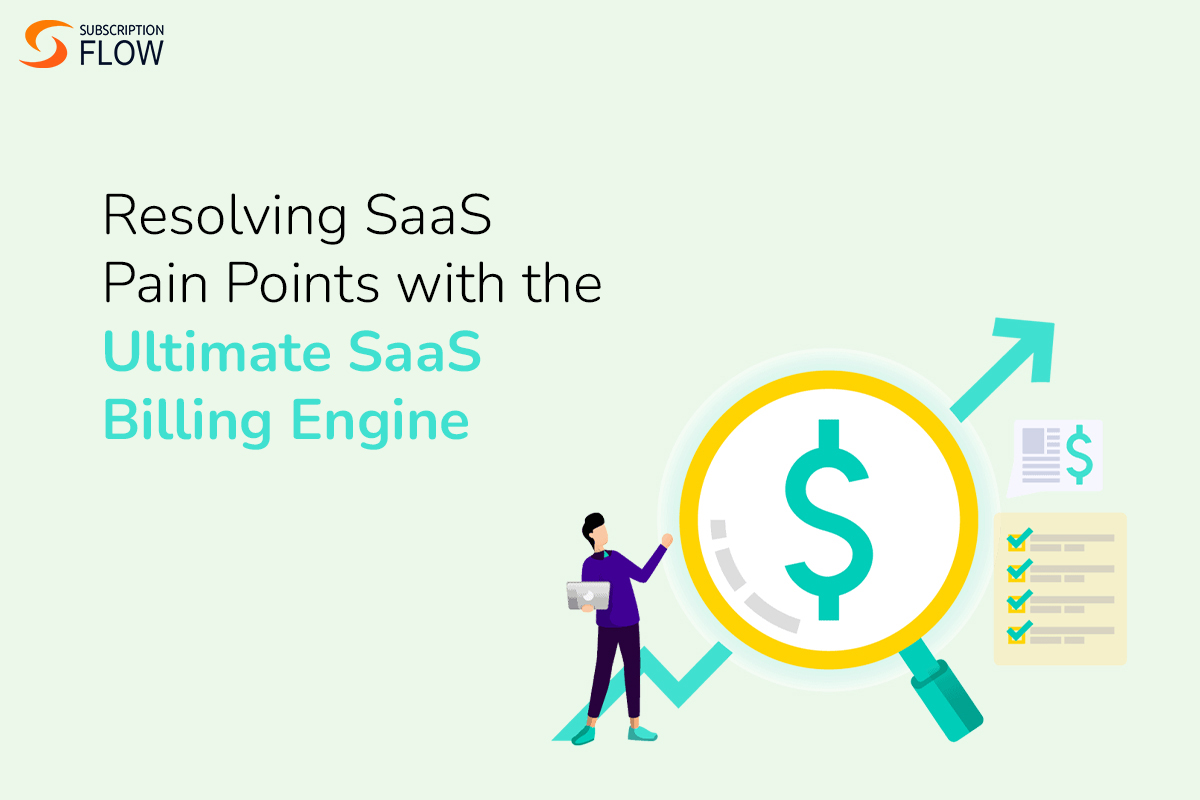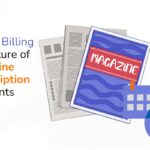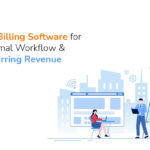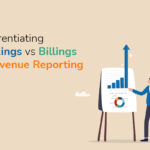
Resolving SaaS Pain Points with the Ultimate SaaS Billing Engine
The global SAAS (Subscription-as-a-Service) market was valued at USD 215.1 billion in 2021 and is expected to increase at a CAGR of 19.7% between 2023 and 2030, from USD 257.47 billion in 2022 to USD 1298.92 billion by 2030.
Thus, smaller SaaS businesses often struggle to make a mark given the high saturation and extremely competitive landscape of this industry. There are some major pain points that prove to be bottlenecks in the way of success and growth for most of these companies.
A SaaS billing engine can help resolve these pain points. Let’s see how exactly it manages to achieve that to secure revenue and growth.
How Does a SaaS Billing Engine Address Industry Pain Points?
SaaS businesses can face several revenue generation issues, which may vary depending on their specific industry, target market, and business model. A billing engine can help address these issues, so the company can not only survive but thrive.
Read More: The Challenges Of The Recurring Revenue And The SaaS Business’ Growth
The following are the biggest pain points in SaaS business and the billing engine solutions to each of them:
Pain Point 1: Customer Acquisition
Acquiring new customers can be a significant challenge for SaaS businesses. This typically involves investing in marketing, lead generation, and sales efforts to attract potential customers and convince them to subscribe to the service. The cost of customer acquisition can sometimes be high, affecting the overall revenue generation.
Solution:
A SaaS billing engine plays a crucial role in customer acquisition by offering streamlined and flexible billing processes.
It contributes to higher customer acquisition by offering pricing flexibility, enabling trial and freemium models, facilitating seamless onboarding, providing subscription management options, ensuring pricing transparency, automating billing processes, and providing valuable analytics and insights.
All of these factors collectively enhance the customer acquisition experience, attract customers, and increase conversion rates for SaaS businesses.
Additionally, billing engines can help in closely monitoring key metrics, such as customer acquisition cost (CAC), customer lifetime value (CLTV), and churn rate, and can provide insights into revenue generation and help identify areas for improvement.
Pain Point 2: Churn and Customer Retention
SaaS businesses often struggle with customer churn, which refers to the rate at which customers cancel or stop using the service. High churn rates can have a direct impact on revenue generation, as acquiring new customers is generally more expensive than retaining existing ones. Implementing effective customer success and retention strategies is crucial to reduce churn and maximize revenue.
Solution:
A SaaS billing engine can contribute significantly to reducing churn and increasing customer retention by implementing strategies like:
- Offering personalized discounts & offers.
- Sending proactive notifications & reminders,
- Using flexible billing & pricing models,
- Tracking usage consumption to identify consumption patterns,
- Offering excellent & consistent customer support.
Leveraging the capabilities of a SaaS billing engine, businesses can effectively reduce churn and increase customer retention. The combination of self-service options, personalized offers, proactive communication, and data-driven decision-making helps create a positive customer experience, foster loyalty, and promote long-term customer relationships.
Pain Point 3: Pricing and Packaging
Determining the right pricing model and packaging strategy for a SaaS product can be complex. Setting prices too high might lead to limited adoption, while setting them too low may result in revenue that doesn’t cover costs. SaaS businesses need to strike a balance between pricing their service competitively and ensuring profitability.
Solution:
A billing engine plays a critical role in pricing and packaging strategies for a SaaS company. It empowers SaaS companies in defining flexible pricing models, creating customizable plans, offering add-ons and upselling opportunities, defining packaging options, conducting pricing experiments, optimizing pricing strategies, and integrating with CRM and analytics tools.
By utilizing these capabilities, SaaS companies can refine their pricing and packaging strategies to attract customers, maximize revenue, and maintain a competitive edge in the market.
Pain Point 4: Scalability and Infrastructure Costs
As a SaaS business grows and acquires more customers, it needs to scale its infrastructure to handle increased demand. This can lead to rising infrastructure costs, including server expenses, bandwidth, and other operational expenditures. Ensuring scalability while keeping infrastructure costs under control is crucial for sustainable revenue generation.
Solution:
A SaaS billing engine plays a significant role in supporting scalability and managing infrastructure costs for a SaaS company. By providing scalability management, resource monitoring, flexible pricing adjustments, infrastructure cost optimization, automation of billing operations, and integration with financial systems, a SaaS billing engine helps businesses effectively handle the challenges associated with scaling their operations.
Thus, it enables efficient growth while maintaining control over infrastructure costs and ensuring accurate and streamlined billing processes.
Pain Point 5: Competition and Market Saturation
The SaaS market is highly competitive, and businesses often face challenges in differentiating their products from competitors. As the market becomes more saturated, acquiring new customers and expanding market share can become increasingly difficult, impacting revenue growth.
Solution:
A SaaS (Software as a Service) billing engine management system can provide several benefits to help deal with competition and market saturation.
In a competitive and saturated market, leveraging a robust SaaS billing engine management system can help differentiate your offering, optimize pricing, enhance customer experience, and streamline operations. These advantages contribute to a stronger market position, increased customer retention, and improved competitiveness.
Pain Point 6: Integration and Interoperability
SaaS products often need to integrate with other software or platforms used by customers. Ensuring seamless integration and interoperability can be a challenge, especially if there are compatibility issues or if customers require custom integrations. Limited integration options can deter potential customers and hinder revenue generation.
Solution:
A SaaS billing engine plays a crucial role in enabling integration and interoperability within an organization’s technology stack.
In summary, a SaaS billing engine facilitates integration and interoperability by providing standardized APIs, supporting data synchronization, automating workflows, ensuring data accessibility, supporting multi-platform compatibility, and integrating with payment gateways. These capabilities enable organizations to streamline processes, improve data consistency, and create a connected ecosystem of applications, resulting in enhanced operational efficiency and a better customer experience.
Pain Point 7: Evolving Customer Needs and Expectations
Customer needs and expectations are constantly evolving. SaaS businesses need to adapt their products and services to meet changing demands. Failure to address customer needs or keep up with industry trends can result in declining revenue as customers seek alternative solutions.
Solution:
A SaaS (Software as a Service) billing engine plays a crucial role in helping businesses deal with evolving customer needs and expectations by providing flexibility, scalability, and customization options.
Overall, a SaaS billing engine empowers businesses to adapt to evolving customer needs and expectations by offering flexibility, customization, self-service options, and automation. It enables businesses to deliver a superior customer experience, maintain customer satisfaction, and drive revenue growth in a rapidly changing market.
Read More: Boost Operational Efficiency With SaaS Billing Tool
Final Word
Addressing these revenue generation issues requires a combination of effective marketing strategies, customer-centric approaches, continuous innovation, and a focus on delivering value to customers; all enabled by a powerful Billing Engine like SubscriptionFlow!
By addressing these pain points, a SaaS Billing Engine empowers businesses to focus on core operations, improve customer satisfaction, increase operational efficiency, and drive revenue growth.
Stay ahead of the competition by choosing SubscriptionFlow! Book a demo with us to find out more!










